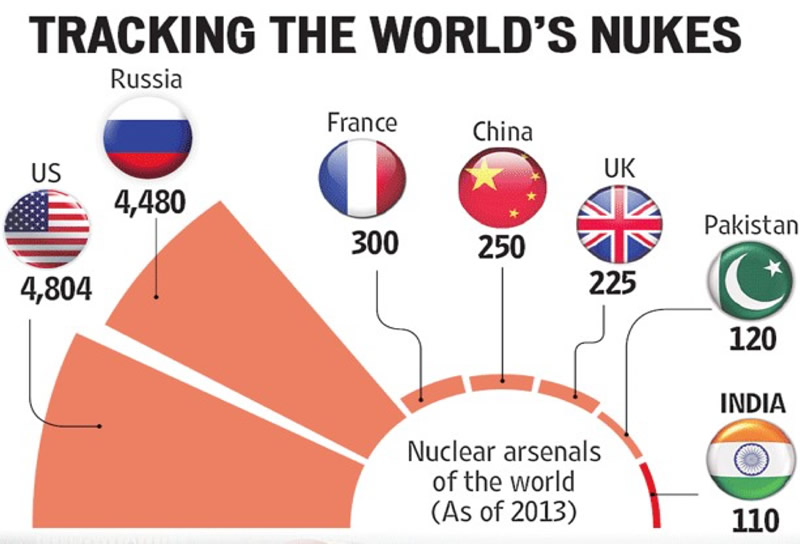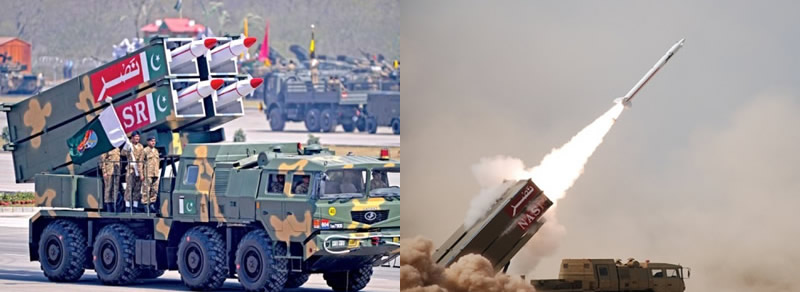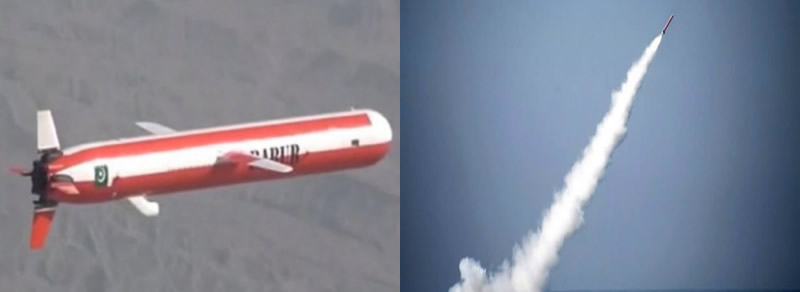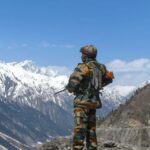Kashmir is a nuclear flashpoint and is the main reason why Pakistan and India remain antagonistic towards each other. In the recent days, after an intense disinformation campaign on Indian media about mutilation of Indian soldiers by Pakistani troops at LOC, the tensions are rising again. Hawks in Delhi are pressurizing Indian government to take coercive military measures against Pakistan.
Indian strategic elite are influenced by Neo-Curzonian mindset. In fact, Robert Kaplan, in his book “Monsoon,” argues almost all leaders are influenced by this mindset. While sitting in the corridors of power in New Delhi, they tend to view Indian Ocean and surrounding region as natural part of Indian sphere of influence. In such a scenario, Pakistan with its nuclear and military prowess and a resurgent China with ambitious initiatives like CPEC and OBOR are a thorn in their sight.
 Cold Start Doctrine
Cold Start Doctrine
“Indian strategic planners envision a limited war under a nuclear overhang”
Over the last decade Indian strategic and military elite devised a new doctrine called “Cold Start Doctrine”. Although at first it was denied at official level but recently Indian military has publicly have accepted its existence.
Cold Start Doctrine envisions the use of Independent Battle Groups (IBG’s) along the lines of “Panzer Division” used by Germans during the Second World War. Indian strategic planners seek to use IBG’s to surprise Pakistan’s military and penetrate into Pakistani territory before Pakistan Army could mobilize its troops. Such a quick and rapid intrusion could then be used as a bargaining chip and as leverage in negotiations with Pakistan later.
However, these overambitious plans of Indian strategic elite have been criticized globally and within India.
- Indian military faces chronic maintenance issues with Soviet era military equipment. It is still equipped with 3 decades old Boffor guns, which need replacement. Significant number of Indian tanks are night blind, i.e. they are not yet equipped with night vision and are in the need of upgrades.
- WikiLeaks leaked the American assessment of Cold Start Doctrine. It clearly stated India lacks the capability to do such a massive mobilization in such a short time given the abysmal conditions of equipment at its disposal.
- Indian authors Parveen Swahney and Ghazalla Wahab recently wrote a book “Dragon at our doorstep: Managing China through military power”. They clearly point out to the fact that Indian military lacks the capability to defeat either Pakistan or China in a conventional war, let alone a nuclear one. They point out to chronic maintance issues due to which a significant percentage of aircraft of Indian air force are grounded and not operational at the moment. Here is an excerpt from their book
So despite the strongman Narendra Modi at the helm, why can’t India defeat Pakistan in a war? Sawhney and Wahab make a critical distinction to win their argument. Pakistan has built military power, India a military force. And they explain: “Military force involves the mere collection of war-withal, that is, building up of troops and war-waging material; military power is about optimal utilization of military force. It entails an understanding of the adversaries and the quantum of threat from each, the nature of warfare, domains of war, how it would be fought, and structural military reforms at various levels to meet these challenges.”
- Pakistan possesses the sixth largest military of the world and has more than enough conventional military capability to deter any Indian adventurism without resorting to the use of strategic weapons.

Pakistan’s response: “Full Spectrum Deterrence”
“The aim of full spectrum deterrence is to counter a full spectrum of threats, whether a total war or a limited war”
Pakistan implemented its own military doctrines to react to a swift limited war with India and that was observed practically during Exercise Azm-e-Nau. By 2015, Pakistan had changed its nuclear doctrine from “credible minimum deterrence” to “Full Spectrum Deterrence”. The key platform behind this change was “Nasr” Short Range (60km) tactical ballistic missile, which according to ISPR has a shoot and scoot capability. Nasr is able to carry lightweight miniaturized plutonium based nuclear warheads, ideal for deterring an overwhelming attack by armoured formations. The aim of “Full Spectrum Deterrence” was to deter full spectrum of threats whether a full blown conventional war or limited war as envisioned by Indian military planners.
Through this new doctrine, Pakistan has been able to lower the nuclear threshold significantly reducing the possibility of any limited conflict. The message from Pakistan’s strategic circles is clear that any adventurism by India is bound to escalate beyond control and would result in a full blown war.
 Nuclear Balance of Power in South Asia
Nuclear Balance of Power in South Asia
Both India and Pakistan became declared nuclear weapons possessing states in 1974 and 1998 respectively. However, in 2015, India tested K-15 SLBM (Submarine Launched Ballistic Missile) from INS Arihant submarine giving India a second strike capability thus allowing it to complete its nuclear triad. Such a capability at a time when a RSS/BJP Hindutva influenced cohort was in office in New Delhi was a cause of concern for Pakistan and regional countries. This capability further bolstered India’s bellicose behaviour towards Pakistan, with Indian strategic circles talking about high chances of limited war with Pakistan.
Pakistan responded in January, 2017 by testing Babur III SLCM (Submarine Launched Cruise Missile with 450 km of range) thereby completing its own nuclear triad (air, land and sea). This was further followed by Pakistan’s test of MIRV capable Ababeel (2200km) Medium Range ballistic missile to increase the chances of missile survivability against Ballistic Missile Defences. Pakistan currently is the only Muslim majority country possessing MIRV capable ballistic missiles and second strike capability.
Possession of second strike capability by both adversaries has now led to a situation known as “Mutually Assured Destruction” or “MAD” in strategic terms. This means that both adversaries are vulnerable to each other’s second strike by their respective strategic forces, thereby deterring both the nuclear powers to go to war with each other. It was the same concept which ensured peace during Cuban Missile Crisis of 1962 as both the US and USSR possessed second strike capability. Mutually Assured Destruction doctrine in South Asia is imperative for long-term peace and security of the South Asian region.
Thinking of initiating a limited war with a conventionally powerful Pakistan, equipped with battlefield nuclear tipped missiles, MIRV capability and a second strike capability, is pure lunacy. The far-right RSS/BJP cohort at the helm in Delhi needs to get rid of its Neo-Curzonian prism with which it views regional countries.








